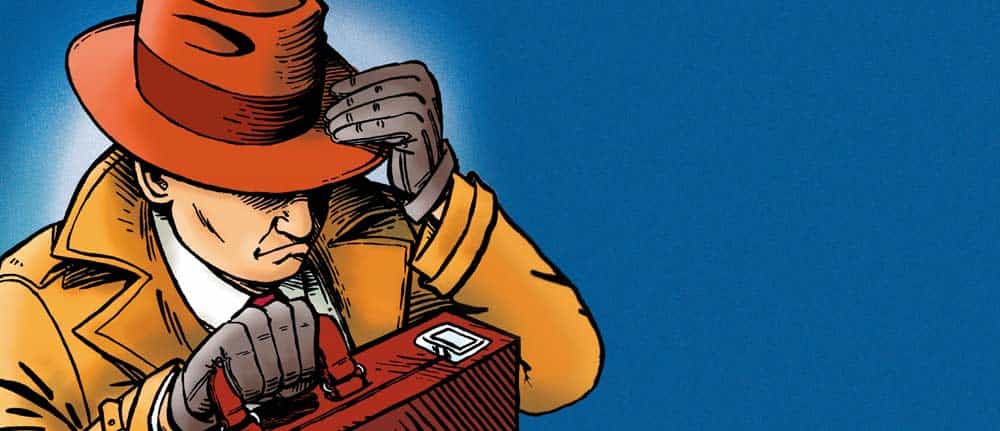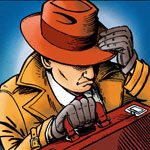IoT for all


It was an internal meeting in Toronto to consolidate and reorient our global IoT activities. The outcome was both familiar and surprising - unfortunately, my friends from SAP and DSAG now look pretty old.
The last good advice: Cobbler, stick to your last.
It is an ambivalent situation. End-to-end means that the ERP provider should be at the table, so a seat is reserved for SAP here as well. It becomes difficult when SAP presents itself as an IoT specialist and provider.
We briefly considered inviting Chief Technology Officer Bernd Leukert, but his understanding of IoT presented last year in Rome was not very convincing. Predictive maintenance based on sensors in the modern locomotives of the Italian state railroad is probably a good idea, but neither a reference for Hana nor a typical IoT scenario.
IoT in the Industry 4.0 environment is primarily a sensor and Very Big Data topic. SAP has not made a name for itself in any of these fields in the past. I briefly thought that our DSAG was also aware of this regrettable circumstance.
The establishment of an IoT initiative gave cause for hope - but instead of joining forces with true IoT specialists such as Bosch, General Electric or Siemens, they chose the old rope:
"DSAG and SAP have deepened their cooperation in the area of Internet of Things (IoT).
This also includes close exchange on the SAP Leonardo IoT portfolio. The planned focus of the collaboration is on strategic exchanges on topics relating to digital transformation.
In addition, the integration of things, people and processes in the company and related economic models will be highlighted together with SAP user companies.
To put a face to the joint approach, an IoT governance group will be formed, consisting of executives from both organizations, with the ability to extend to their respective ecosystems."
This went very wrong and our DSAG ran into the open knife of SAP: Leonardo is far from being SAP's IoT portfolio.
Perhaps it should have once been an IoT framework, but that is snow from last year. What is missing now is real competence in the area of sensor technology and Very Big Data.
DSAG and SAP have deepened their cooperation in the area of Internet of Things (IoT)
I asked our production and factory managers and was told, among other things, that the current IoT data flow would already cause any Hana system to explode.
The amount of sensor data is already huge today and is growing almost every day. There are specialized companies that can handle Very Big Data and, after filtering, also transfer results to Hana.
A friend explained it to me using the example of the Cern nuclear research center near Geneva in Switzerland. When elementary particles collide there deep underground, the sensors register billions of pulses. All this data can neither be transported fast enough nor stored in real time.
Upstream filters sort out and send only the "valuable" data to the Cern data center. We will have to proceed in a similar way when hundreds of sensors are positioned in CNC machines, air-conditioning systems, high shelves, and so on.
Together with a Berlin-based company, we are currently installing one million sensors in elevators worldwide - for predictive maintenance. From this perspective, SAP is of course right - IoT is also a business and organizational issue.
But the challenges and tasks are manifold and overwhelm SAP in every respect. It takes years of industrial experience to master IoT sensor technology; it doesn't work with three sensors in a fully automatic coffee machine standing on an SAP TechEd stage in Barcelona and being operated by Chief Technology Officer Bernd Leukert.
IoT is becoming a topic for every industry, for every task. But success depends on a deep understanding of the subject matter when it comes to bringing existing machinery up to the Industry 4.0 era.
Leonardo with and without AI, as it was now presented at Sapphire, falls far short here. The predictive maintenance of an elevator, as Bernd Leukert wanted to explain in Orlando, depends among other things on the location of the building and the wind direction. Tall buildings lean to one side, as do elevator shafts, so the suspension rope is loaded and worn on one side.
Only those who know these subtleties and details will be taken seriously in the IoT business. If you then use Hana PAL for the statistical calculations of an optimal waiting cycle, it should be right and cheap.
SAP will remain a supplier for IoT projects, but there can definitely be no Leonardo initiative. SAP has missed this trend. Other companies have already divided up the global IoT business among themselves.
Leonardo will remain one of Bill McDermott's many marketing hires.





